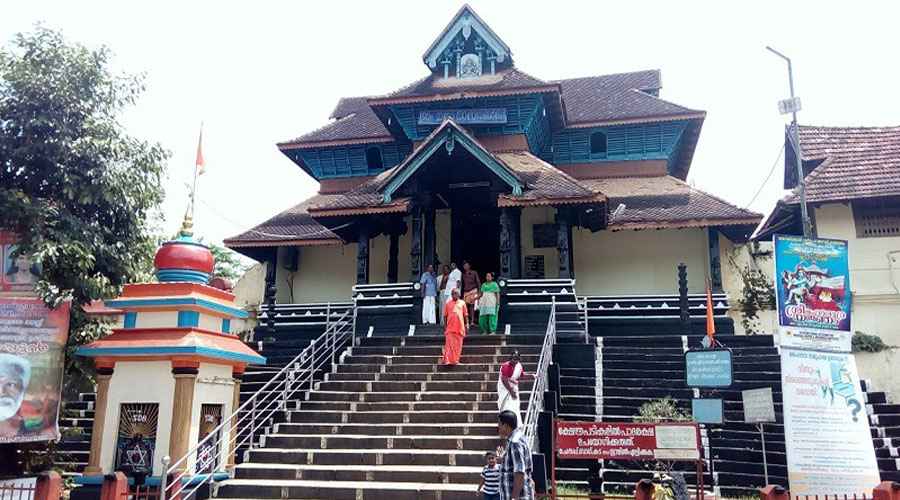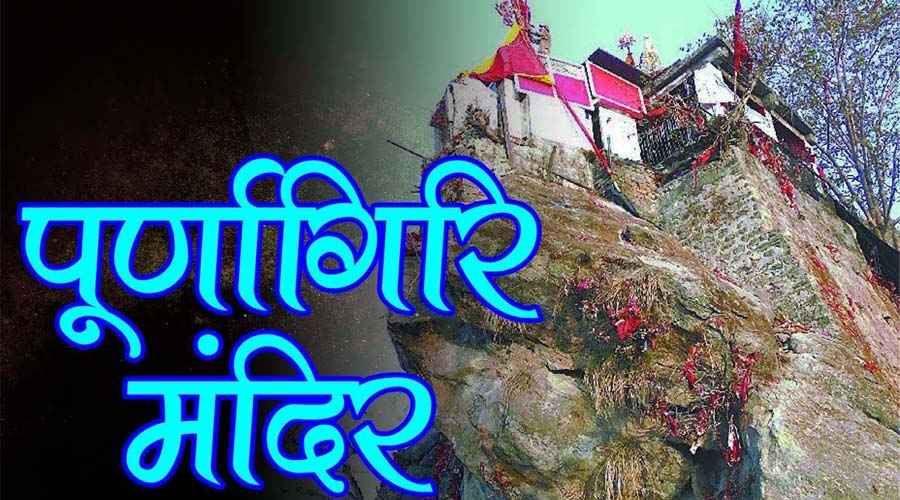Nestled gracefully on the banks of the sacred Pamba River in the Pathanamthitta district of Kerala, the Aranmula Parthasarathy Temple stands as an enduring symbol of India’s rich spiritual and cultural heritage. Dedicated to Lord Krishna, worshipped here as Parthasarathy—the charioteer and guide of Arjuna in the epic Mahabharata—this temple is renowned for its ancient origins, distinctive Kerala style architecture, vibrant festivals, and deep mythological significance.
Historical and Mythological Background
The origins of Aranmula Parthasarathy Temple are steeped in legend and historical reverence. According to tradition, the temple’s sanctum was established by Arjuna, one of the five Pandava brothers from the Mahabharata. After crowning Parikshit as king of Hastinapura, the Pandavas departed on a pilgrimage during which each brother is believed to have built a temple dedicated to Lord Krishna along the banks of the River Pamba. Arjuna’s contribution is the Aranmula Parthasarathy Temple. It was constructed as an act of penance for killing Karna, a key figure in the Mahabharata, thus symbolizing both atonement and spiritual devotion.
Scholars identify this temple as one of the ancient “Divya Desams”—108 sacred temples dedicated to Lord Vishnu, revered by the Tamil poet-saints known as the Alwars between the 6th and 9th centuries. In this spiritual constellation, Aranmula Parthasarathy holds a prestigious place, drawing devotees from across India. Another revered legend says the temple site is where Lord Vishnu imparted knowledge of creation to Lord Brahma, highlighting its cosmic significance beyond mere mythology.
The temple’s name itself echoes its connection to nature and legend. The idol of Lord Krishna was transported to the temple site on a raft made of six pieces of bamboo—”Aru-mula” in Malayalam—giving the place its name, Aranmula. One story talks about one bamboo piece detaching upstream at a place called Mulavoor Kadavu, named accordingly, with a lineage of ayurvedic families still residing there.
Architectural Grandeur
Aranmula Parthasarathy Temple exemplifies the exquisite tradition of Kerala temple architecture, a style known for its harmonious blend with natural surroundings and intricate artistry. The temple complex is characterized by elegantly sloping copper-plated roofs which shimmer under the tropical sun, protecting exquisite wood carvings from the monsoon rains. These carvings portray elaborate mythological scenes and intricate floral motifs, demonstrating master craftsmanship that has been preserved through centuries.
The temple’s four majestic towers (gopurams) mark its entrances. The eastern tower is approached by 18 steps, symbolizing spiritual ascent, while the northern tower’s 57 steps lead down to the serene Pamba River, a lifeline and spiritual conduit for the temple and its devotees.
Walls adorned with mural paintings dating back to the early 18th century narrate stories from scriptures, enhancing the spiritual experience of visitors. The temple also houses a large, tranquil temple pond known as the Chira, which adds to the serenity and sanctity of the sacred precincts.
Cultural Significance and Rituals
Daily worship at the Aranmula Parthasarathy Temple follows time-honored rituals, maintaining a rhythm that enlivens the sanctum from dawn till dusk. Devotees participate in elaborate poojas performed by priests trained in Vedic rites, with offerings and chants creating an atmosphere charged with divine energy.
One of the unique cultural facets tied to Aranmula is its association with the famed Aranmula Kannadi—the metal mirrors made from a secretive alloy of copper and lead. This craft is linked historically to the temple; according to legend, a Travancore king invited artisan families to fashion a crown for Lord Krishna. During this work, the reflective properties of the alloy were discovered. The craft remains an esteemed tradition to this day, shrouded in reverence and secrecy.
The temple is also integrally connected to the grand Thiruvabharanam procession, an annual ceremonial procession carrying the sacred jewels of Lord Ayyappan from Pandalam to the Sabarimala shrine, with Aranmula being a significant halting point. During this ritual, the Thanka Anki (golden attire) of Ayyappan, donated by the Travancore royal family, is kept and later taken to Sabarimala during the Mandala season.
Festivals and Celebrations
The temple serves as the pulsating heart of many vibrant festivities, with the Onam festival being a particularly grand celebration. Onam marks the harvest festival season in Kerala and is celebrated with immense fervor at Aranmula. The temple’s ancient traditions are enacted through festive rituals, cultural performances, and community feasting, drawing throngs of devotees and tourists alike.
A spectacle intrinsically linked to the temple is the famous Aranmula Vallamkali or Snake Boat Race. Held annually during Onam on the Pamba River, this boat race commemorates the legendary event wherein a low-caste man aided Arjuna by ferrying Lord Krishna’s idol across the river on a bamboo raft during a flood. The race is a dazzling display of teamwork, rhythm, and traditional boats whose forms echo the long and slender shape of a snake.
The Vallamkali is not only a popular sporting event but also a profoundly spiritual experience, renewing communal bonds and celebrating the temple’s mythic heritage. It continues to be a symbol of cultural pride and religious devotion, drawing international attention to Aranmula and Kerala.
Visitor Experience and Accessibility
Today, the Aranmula Parthasarathy Temple is administered by the Travancore Devaswom Board, ensuring the preservation of its sanctity and cultural legacy. The temple welcomes visitors daily from early morning till evening, providing a peaceful sanctuary for worship and reflection.
Devotees and tourists visiting Aranmula can immerse themselves in the tranquil surroundings, observe the precision of the traditional rituals, admire the stunning architecture, and participate in community celebrations during festival times.
Its proximity to other sacred temples constructed by the Pandavas provides an enriched pilgrimage experience, where history, mythology, and devotion blend seamlessly.
Conclusion
The Aranmula Parthasarathy Temple stands as a living testament to Kerala’s unique synthesis of mythology, history, art, and spirituality. More than a mere place of worship, it embodies a cultural narrative that has inspired generations. From its legendary origins with the Pandava prince Arjuna and its place in the Mahabharata epic to its architectural splendor, secret crafts, and vibrant festivals, it enshrines a holistic spiritual heritage.
Its continuing role as a center for communal worship, cultural expression, and pilgrimage ensures that the temple’s legacy is not confined to the past but vibrantly alive in the hearts of millions. Aranmula Parthasarathy Temple remains a sacred jewel on the banks of the Pamba River—where mythology, tradition, and divine devotion converge.



